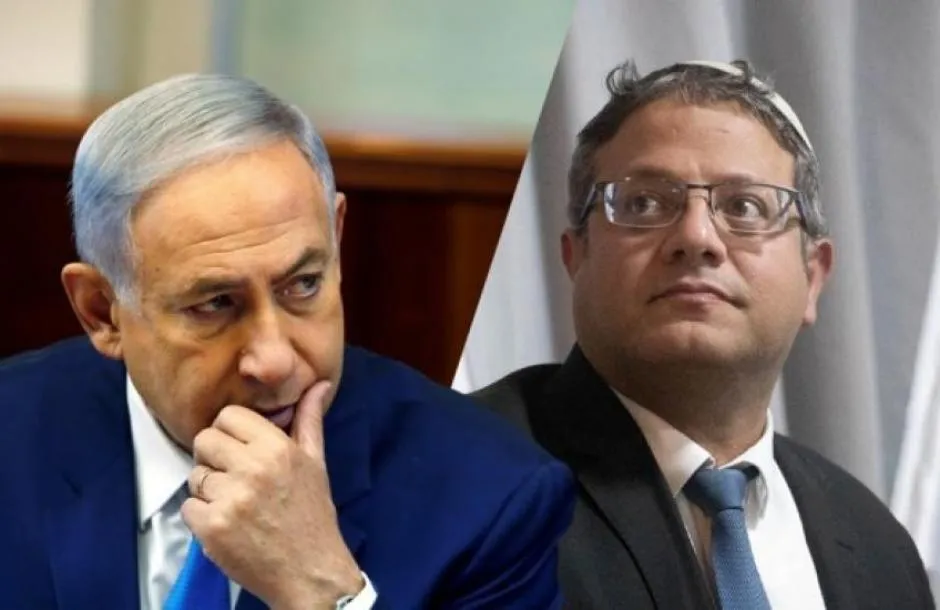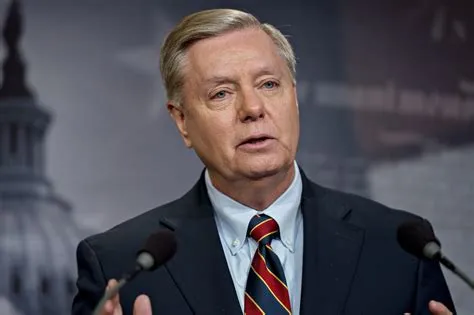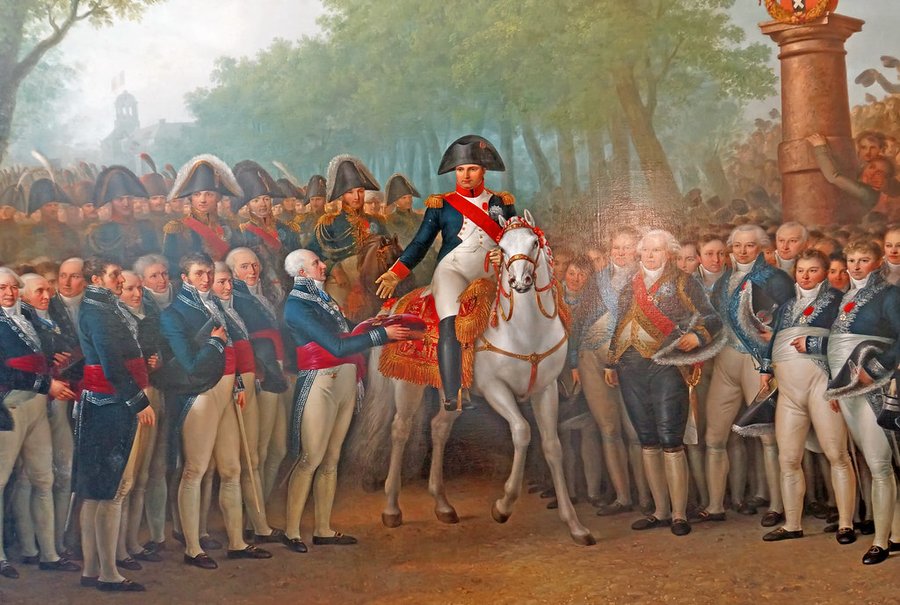jfid – United States presidential candidate Donald Trump once again stirred controversy with his statements.
The 45th President of the United States threatened to allow Russia to attack NATO member countries that have not paid their annual dues.
Trump made this statement while campaigning in South Carolina on Saturday (10/2/2024). He described a conversation with a head of state during a NATO (North Atlantic Treaty Organization) meeting.
“One president of a major country stood up and said, ‘Sir, if we don’t pay, and we are attacked by Russia, will you protect us?’ I said, ‘You don’t pay, you’re in arrears?'”
“No, I’m not going to protect you. In fact, I’ll encourage them to do whatever they want. You have to pay. You have to pay your obligations,” Trump said.
Why Did Trump’s Statement Cause a Stir?
Trump’s statement sparked concerns that if he returns to the White House, he will weaken NATO’s collective defense umbrella, which has been protecting Europe since World War II, especially now amidst the Russia-Ukraine conflict.
NATO is a political and military alliance of North American and European countries established in 1949 to counter the Soviet Union during the heightened tensions of the Cold War.
The principle of collective defense is enshrined in Article 5 of its founding treaty, which states that an attack on one member is considered an attack on all members.
NATO currently has 31 members, mostly European countries, along with the United States and Canada. The newest member is Finland, which joined last April in response to Russia’s invasion of Ukraine in 2022.
Trump’s statement was seen as contradicting this principle of collective defense. Many Western officials criticized and condemned Trump’s comments.
German Chancellor Olaf Scholz called Trump’s statement “irresponsible and dangerous and only benefiting Russia’s interests.”
Polish Prime Minister Donald Tusk said Poland and Germany should together take responsibility to enhance defense in Europe and boosting defense equipment production should be an absolute priority for the bloc.
“There is no reason for the European Union to be weaker than Russia,” he said.
Meanwhile, the White House through its spokesperson Jen Psaki reiterated that President Joe Biden remains committed to defending NATO and its allies.
“We will continue to stand with our allies and partners to uphold international principles and support Ukraine’s sovereignty and territorial integrity,” Psaki said.
How Much Are NATO Member States’ Dues?
So, how much are the dues that NATO member states need to provide?
According to NATO’s official website, in 2006 the defense ministers of the bloc agreed to allocate a minimum of 2 percent of each country’s Gross Domestic Product (GDP) for defense spending to ensure the alliance’s military readiness.
“This rule also serves as an indicator of a country’s political willingness to contribute to NATO’s collective defense efforts,” reads the continuation of the regulation.
The United States, being one of NATO’s founding members, accounts for about two-thirds of the alliance’s total spending.
However, this amount is not the “Uncle Sam’s” contribution to NATO because dues are shared among all members based on the principle of common funding.
Furthermore, U.S. defense spending also includes its military operations outside the Euro-Atlantic region.
Nevertheless, NATO acknowledges its dependence on the U.S. in providing some key capabilities such as in intelligence, surveillance, reconnaissance, air-to-air refueling, ballistic missile defense, and airborne electronic warfare.
NATO’s common funding budget in 2023 was $3.7 billion, covering administrative costs and collective military infrastructure.
One example of a joint funding project is accommodating U.S. military vehicles, tanks, and artillery at the Polish Air Base. This facility costs $360 million.
The 2 percent of GDP agreement in 2006 was informal and formalized at the NATO Summit in 2014 after Russia’s annexation of Crimea from Ukraine.
In 2022—before Finland joined—seven out of the 30 member countries exceeded the defense spending target of more than 2 percent of GDP.
Greece topped the list with 3.54 percent, while the U.S. ranked second with 3.4 percent.
However, AFP news agency reported that not all members pay NATO dues and do not list them as debts to the alliance.
The 2 percent figure is voluntary, and there are no penalties for not paying it.
Trump’s statement threatening to let Russia attack NATO countries that have not paid their annual dues has drawn criticism and concerns from many quarters.
This statement is seen as threatening the principle of NATO’s collective defense, which has been a security umbrella for Europe since World War II.
The dues of NATO member states are determined based on a percentage of each country’s GDP, with a minimum target of 2 percent.
However, not all countries meet this target, and there are no sanctions for not paying it.











